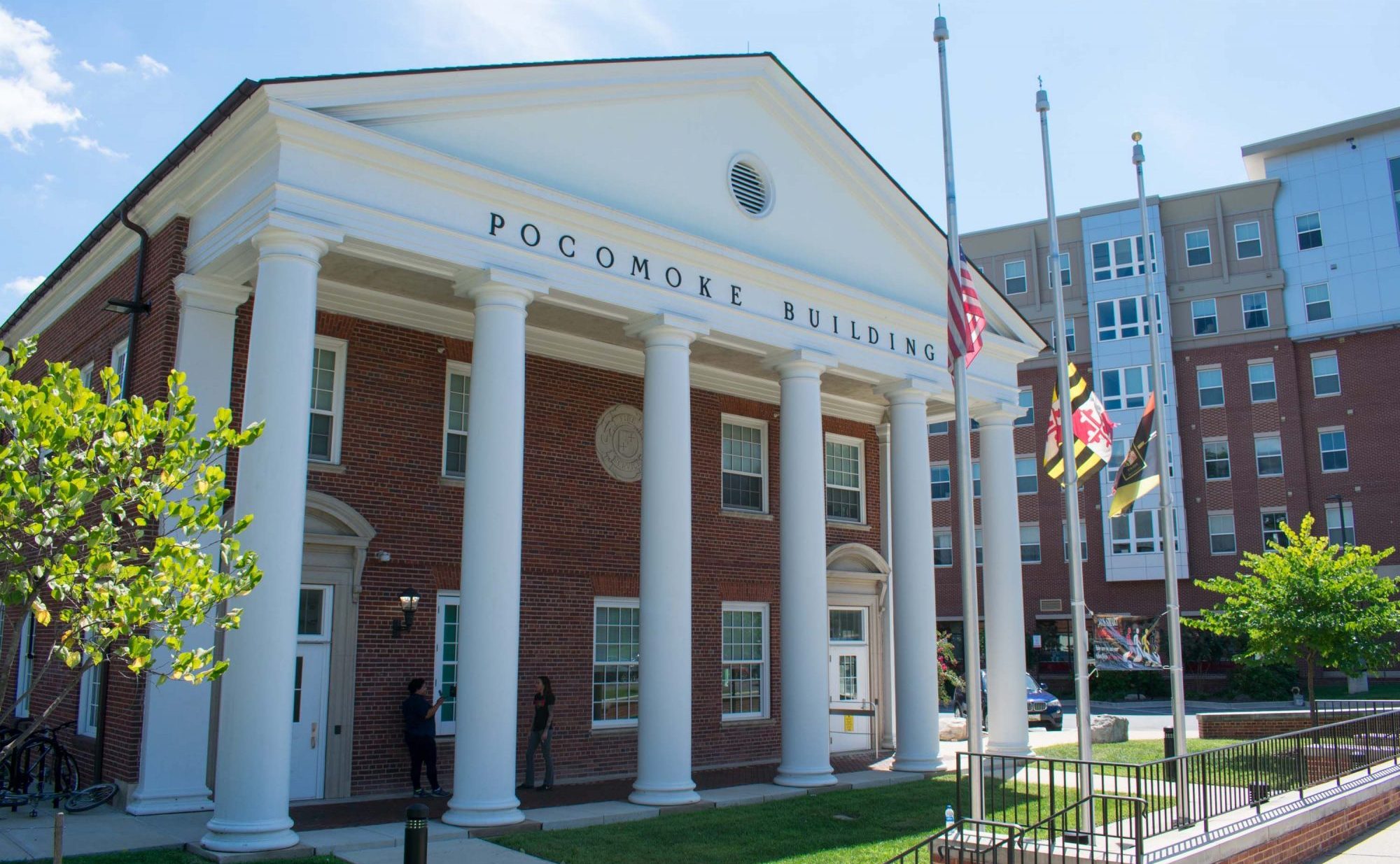Since Maryland Gov. Larry Hogan issued a stay-at-home order in March, the number of Prince Georgians seeking court-issued protective orders from domestic violence has dropped significantly — a trend experts say is far from reassuring.
In March, 353 individuals sought a protective order from Maryland courts in Prince George’s County. This number fell to 82 in April, then increased slightly to 136 in May.
Sally Simpson, a criminology and criminal justice professor at the University of Maryland, says this drop in reporting may not mean a drop in abuse. Instead, she said, it might mean survivors are having a harder time reaching out for help.
“You have to think about what it means to be at home, where you’ve had experiences with an abuser,” said Simpson, whose research interests include the intersection between gender, race, class and crime. “If you are sheltering in place with that abuser, you have few opportunities, because you’re under surveillance all the time if they are also sheltering in place.”
Prince George’s County isn’t the only jurisdiction experiencing this trend. Cities across the country — including Chicago and Austin, Texas — have seen drops in the number of police reports filed for domestic violence, according to an April report by The Marshall Project.
The declines could be as high as 40 percent in one month, The Marshall Project reported.
In other cities, though, the pattern has been the opposite. Boston, Portland and Milwaukee have seen increases in domestic violence calls to police, The Marshall Project reported.
[Prince George’s County board of education takes steps to sever ties with county police]
Understanding trends in reported cases of domestic violence can be tricky, since different agencies will come away with different data, depending on where survivors report abuse, Simpson said. In April, CNN reported that there had been a significant increase in the number of visits to New York City’s domestic violence resource website. Yet in that same month, The New York Times reported a rapid drop in reports of domestic violence to the police.
This apparent discrepancy between data sources also extends to Prince George’s County. From March to May, even though the number of people seeking protective orders from domestic violence decreased, the number of police reports filed on domestic violence incidents increased, according to data provided by a county police spokesperson.
In March, Prince George’s County police filed 842 reports relating to domestic violence incidents, compared to 893 in April and 944 in May. However, these numbers do not signal “significant trends that would cause further investigation,” spokesperson Lt. Harkirat Singh wrote in an email.
The comparison of annual totals are more telling, he wrote. The 2019 data doesn’t show a stark contrast from current numbers. That year, there were 936 reports relating to domestic violence in March, 860 reports in April and 975 in May, Singh wrote.
Drawing from her research on domestic violence, Simpson explained that several factors can account for a variance in domestic violence reports between different communities and organizations.
For instance, domestic violence survivors might feel more comfortable reaching out to other points of contact — such as shelters, hotlines, family members or religious leaders — than the police, Simpson said.
Cities with higher rates of police distrust and larger populations of undocumented immigrants may also experience a greater gap between data from police departments and other organizations, Simpson said.
[Prince George’s County leaders discuss protests, police accountability at town hall]
While there are always challenges domestic violence survivors must overcome to leave an abusive relationship, a spokesperson from this university’s CARE to Stop Violence office explained in an email that stay-at-home orders may create “an even greater challenge because the survivor is further isolated from their support systems and the rest of the world in general.”
Simpson also raised concern that while Maryland was under a stay-at-home order, survivors may not have been aware of the resources still available to them. Survivors may have also encountered difficulties due to court closures and newfound economic strains on nonprofits meant to serve them, Simpson said.
Nonprofits that provide aid to survivors of domestic violence have been impacted both economically and logistically, Simpson said. Because of stay-at-home orders, the professionals at the CARE Office have not been able to accompany survivors to hospitals or law enforcement agencies, the spokesperson wrote.
Additionally, survivors may feel particularly alone during stay-at-home orders, the CARE office spokesperson wrote. On top of this, the pandemic has caused other hardships that can create more stressful situations at home.
During the pandemic, nearly 43 million people have filed for unemployment benefits, CNN reported. Additionally, a survey by The Recovery Village, a network of rehabilitation centers, found that 70 percent of Maryland respondents reported an increase of substance use in the last month.
However, while the stay-at-home order may have disrupted some aspects of survivors’ safety plans — going to a friend’s house, for instance — the CARE to Stop Violence office spokesperson emphasized that there continues to be resources available. In an emailed statement, the office highlighted its hotline and teletherapy services it offers.
“We strongly encourage survivors to contact us at CARE so they can get assistance in understanding and navigating their options,” the office wrote.
Now, with stay-at-home orders lifting across the country, Simpson predicted there will be a gradual increase in domestic violence-related calls to police departments and hotlines as survivors have more space from their abusers.
However, the CARE office, Simpson and Singh all emphasized that — pandemic or not — there will always be ways for domestic violence survivors to seek help.
“You need to do what you need to do. You know the coronavirus is a risk, but your immediate risk, the salient risk, is your abuser,” Simpson said.



